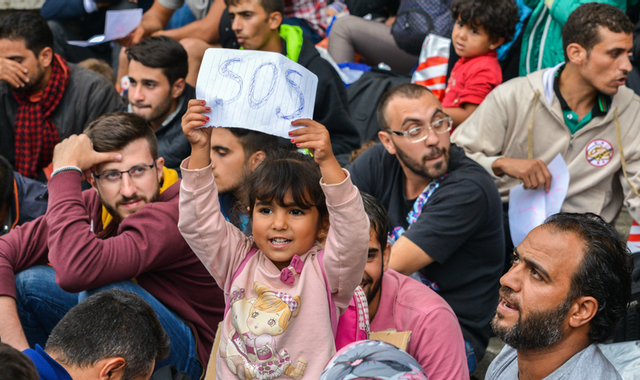
How Relief Organizations Benefit from ICT4D
Humanitarian aid and relief organizations use Information and Communication Technologies for Development (ICT4D) to enhance their programs and improve outcomes.
This includes the use mobile devices, communication software, Internet connectivity, and more to streamline processes, improve data collection, and facilitate communication in remote or disaster-affected areas.
A practical start with ICT4D can be through assessing whether ICT elements can help achieve goals, save time or money, and enable new or better approaches. USAID has collaborated with partner countries in using ICT tools such as geographic information systems and mobile phones to capture, analyze, and represent school data.
This highlights the strategic integration of ICT4D to enhance program effectiveness.
Overall, humanitarian aid organizations utilize ICT4D to optimize data management, communication, and decision-making processes, ultimately leading to improved program outcomes and better support for affected populations.
Published on: Jun 01 2023 by Wayan Vota - Comments Off on 7 Ways Philippines Uses ICT4D Solutions in Disaster Risk Reduction, Preparedness, and Response
The Philippines is one of the most disaster-prone countries in the world, facing frequent typhoons, floods, landslides, earthquakes, volcanoes, and droughts. The...
Published on: May 31 2023 by Wayan Vota - Comments Off on 7 GSMA Recommendations to Reduce Misinformation, Disinformation, and Hate Speech
A 2022 report by the International Committee of the Red Cross (ICRC) shows that although misinformation, disinformation and hate speech (MDH) is not a new phenomenon,...
Humanitarian aid organizations use ICT4D tools with refugees to provide displaced people with many lifesaving services. Education, healthcare, livelihoods, protection,...
While we all work to limit global warming, our communities will still witness the unavoidable effects of climate change over the next few decades, such as more...
Published on: Mar 08 2023 by Guest Writer - Comments Off on How Humanitarians Use Satellites in Crisis Response Programs
Satellite applications developed by an increasingly complex web of supply-side stakeholders can be used across a wide range of use cases throughout the life cycle...
The situation in Afghanistan is heartbreaking for everyone. Those who are there, those with family there, and those with friends, colleagues, and care for our fellow...
Humanitarian crises and disasters have increased in number, complexity and severity over the last 25 years, challenging the resilience of people living in areas...
Today, over 201 million people require humanitarian assistance. Millions of the most vulnerable people in conflict zones are currently unreachable by traditional...
Published on: May 27 2019 by Wayan Vota - Comments Off on Apply Now: £1.1 Million in Grants for Humanitarian Technology Solutions
The GSMA Mobile for Humanitarian Innovation Fund promotes innovation in the use of mobile technology to address humanitarian challenges. It supports solutions to...
Published on: Dec 27 2018 by Guest Writer - Comments Off on 7 Ways You’re Contributing to the Humanitarian Metadata Problem
The past decade has seen a surge in the use of mobile telecommunications, messaging apps and social media. As they become more accessible around the world, these...










